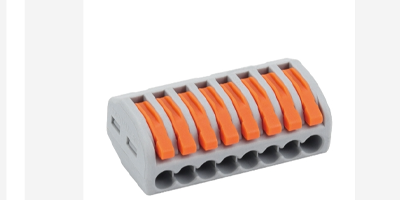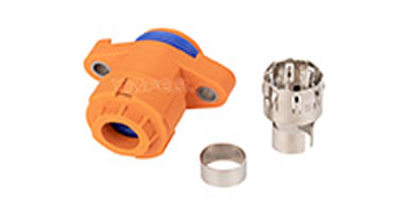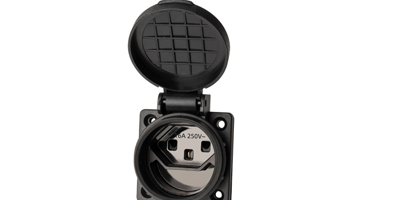In the field of electrical connections, Quick Plug Wire Terminals are becoming more and more widely used. Correctly grasping its use and clarifying the relevant precautions play a vital role in ensuring the stable operation of the electrical system, improving work efficiency and maintaining electricity safety. This article will elaborate on the various steps from preparation to connection of quick plug wire terminals, as well as the key points that should not be ignored during use, aiming to provide electrical engineers, technicians and electrical enthusiasts with a comprehensive and practical operation guide to help them achieve efficient and safe electrical connection operations in practice.
I. Understanding the Quick Plug Wire Terminal
Before delving into the correct usage, it is essential to have a fundamental understanding of the Quick Plug Wire Terminal. These terminals are designed to provide a rapid and efficient means of connecting wires in various electrical applications. They typically consist of a connector body, often made of durable plastic or a combination of plastic and metal components, and a clamping or locking mechanism that secures the wire in place. The terminal may have different types of contacts, such as pins or sockets, depending on its specific application and the mating connectors it is intended to work with.
II. Correct Usage Steps
A. Wire Preparation
1.Strip the Wire
2.Inspect the Wire
After stripping, visually inspect the wire for any frayed or broken strands. If any are present, trim them off using wire cutters to ensure a clean and intact wire end. This step is crucial as frayed wires can cause short circuits or unreliable connections.
B. Inserting the Wire into the Terminal
1.Open the Terminal
Depending on the design of the Quick Plug Wire Terminal, there will be a specific method to open the clamping or locking mechanism. Some terminals may have a lever or a push-button that needs to be actuated. Gently operate the opening mechanism to create a space for inserting the wire.
2.Insert the Wire
Insert the stripped end of the wire into the designated wire insertion slot or hole in the terminal. Make sure the wire is inserted all the way to the bottom of the slot or hole. This ensures proper contact and a secure connection. In some terminals, there may be a visual or tactile indication, such as a click or a mark, to confirm that the wire is inserted correctly.
C. Closing and Securing the Terminal
1.Close the Clamping Mechanism
Once the wire is inserted, release the lever or button that was used to open the terminal. The clamping or locking mechanism should close and grip the wire firmly. Some terminals may require a slight additional pressure or a twisting motion to ensure a tight closure.
2.Check the Connection
Gently tug on the wire to verify that it is securely held by the terminal. If the wire comes loose easily, reopen the terminal and reinsert the wire, ensuring that the clamping mechanism is properly engaged.
III. Precautions
A. Matching Terminal and Wire Specifications
1.Current and Voltage Ratings
Always ensure that the Quick Plug Wire Terminal is rated for the current and voltage levels of the electrical circuit in which it will be used. Using a terminal with insufficient ratings can lead to overheating, melting of the terminal, and potential fire hazards. For example, if a circuit has a current of 10 amps, a terminal rated for at least 10 amps and the appropriate voltage should be selected.
2.Wire Gauge Compatibility
B. Environmental Considerations
1.Temperature and Humidity
2.Dust and Contaminants
Keep the terminal away from dusty or dirty areas as much as possible. Dust and contaminants can accumulate in the terminal and disrupt the electrical connection. In industrial settings where dust is prevalent, use protective covers or enclosures for the terminals or choose terminals with built-in dust shields.
C. Installation and Handling
1.Avoiding Excessive Force
When inserting the wire or closing the terminal, do not apply excessive force. Excessive force can damage the terminal's internal components or the wire itself. If the wire is difficult to insert or the terminal is hard to close, double-check the wire gauge and the terminal's operation. Do not force it as this can lead to a malfunctioning connection.
2.Proper Storage
When storing Quick Plug Wire Terminals, keep them in a clean, dry, and cool place. Avoid storing them in direct sunlight or in areas with extreme temperature fluctuations. Proper storage helps maintain the integrity of the terminals and ensures their performance when they are eventually used.
By following these correct usage methods and precautions, you can ensure the reliable and safe operation of Quick Plug Wire Terminals in your electrical projects.







